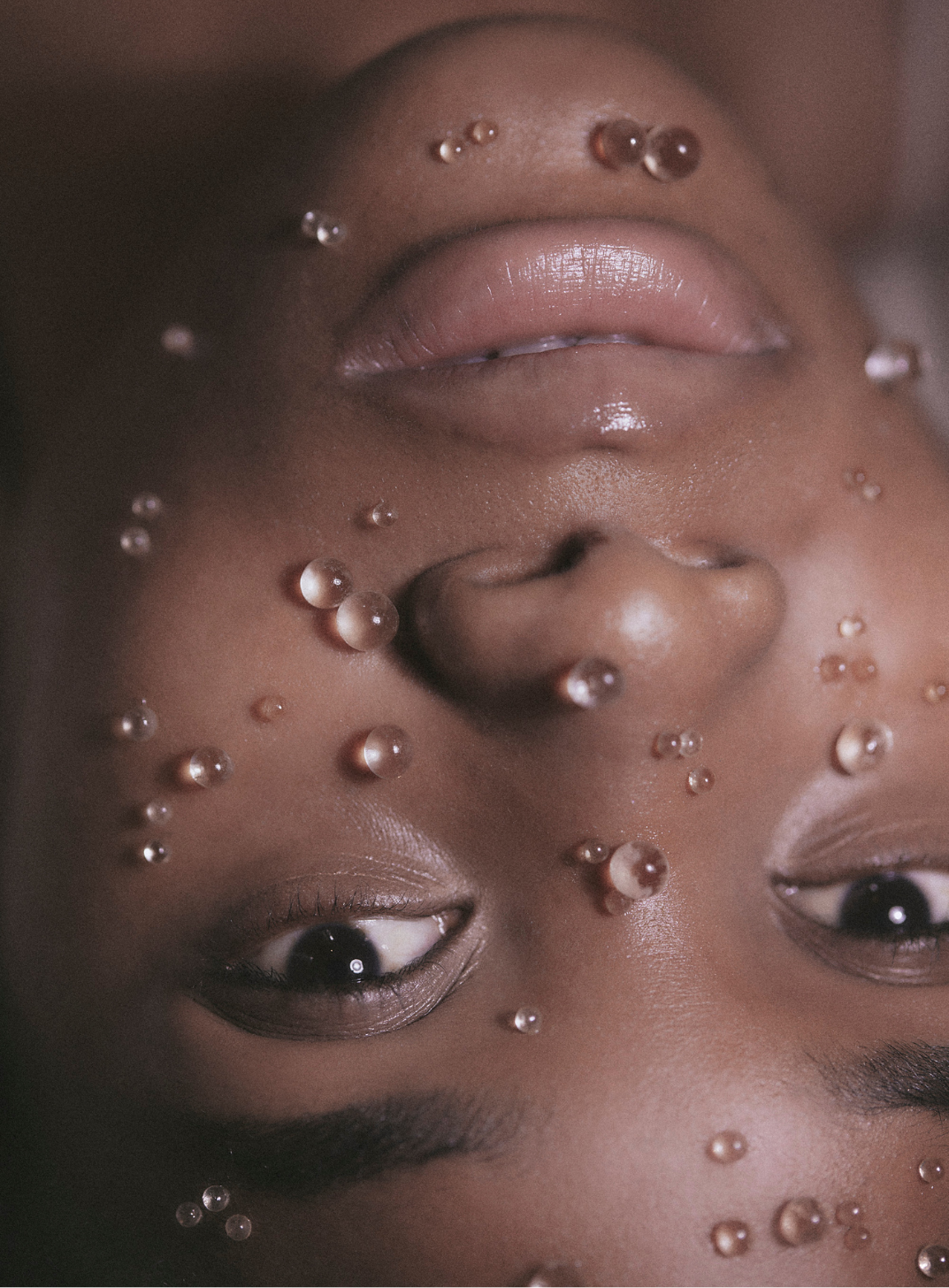Pigmentation 101: What Causes It And How To Get Rid Of It
Your complete guide to managing pigmentation like a pro.
Pigmentation: you either have it or you don’t. Those who have experienced the sudden emergence of dark spots, age spots or sun spots on their complexion will know that it can be a little bewildering and even disheartening—especially if you take your suncare seriously. But that’s the thing—pigmentation and hyperpigmentation aren’t always caused by the sun. There can be a number of reasons why we experience pigmentation issues at various stages in our lives.
Here, we quizzed renowned facialist Nicole Manning to find out what exactly pigmentation is, what causes it and her expert-approved tips for managing it.
What causes pigmentation?
“There are a number of factors that can change or increase the pigment production in our cells,” explains Manning. Here’s here list of exactly what can cause pigmentation to emerge:
- Increased sun exposure
- Hormonal changes, including pregnancy
- Ageing
- Internal inflammation
- The contraceptive pill.
What is hyperpigmentation? How is it different to pigmentation?
The terms pigmentation and hyperpigmentation are at times used interchangeably, but they are different. “Hyperpigmentation refers to an increase in melanin production that will cause darker spots not only on the face but on other areas of the body,” says Manning. “A number of factors can trigger an increase in melanin production,” she adds, sharing this list of what can cause hyperpigmentation specifically:
- Sun exposure
- Hormonal influences, including pregnancy and breastfeeding
- Skin injuries
- Inflammation caused by breakouts (post-inflammatory hyperpigmentation or PIHP).
Are freckles and age spots pigmentation?
A frequently asked question in the realm of pigmentation: do freckles count as pigmentation? What about other dark marks like age spots or sun spots? “Freckles and age spots are examples of hyperpigmentation,” Manning clarifies. “Though freckles are usually somewhat predisposed to your genetic makeup (something you grow up with).” In those cases, it might not be something you want to remove at all. But, Manning adds, they can become darker as you age and increase in size and population. Comparatively, age spots and sun spots are in fact caused by increased sun exposure and environmental aggressors. The dark spots emerge in these cases because these aggressors cause oxidative stress to your skin.
Can pigmentation be removed?
There are a number of ways you can treat pigment—but Manning says the best solution is based on your skin tone and type. “For lighter skin tones and those with sun spots, solar lentigo and post-inflammatory hyperpigmentation treatments such as IPL (Intensed Pulsed Light) are fantastic and super effective. IPL works by using pulses of light energy to target darker spots by heating and destroying the melanin.” She adds: For those with darker skin types chemical peels like cosmelan and dermamelan are much more suited because you reduce the amount of heat in the skin as opposed to using IPL—these do require downtime and a hefty post care plan. These peels are able to penetrate right down to the melanocytes and inhibits the production of melanin at the lowest level of the epidermis.”
What treatments and products are best for pigmentation?
“Aside from IPL and deeper peels, treatments such as microdermabrasion, superficial peels, including enzymes and Light Therapy are great treatments to help brighten and reduce pigmentation,” recommends Manning. However, there are also at-home remedies that can help to treat pigmentation and which are often more gentle on the skin. Look for ingredients with vitamin C and vitamin A. “Ingredients that inhibit melanin production like Kojic Acid, Ferulic Acid and L-ascorbic acid are good to look for when selecting your skin care,” Manning says. “I am really enjoying Biossance’s new Squalane + Vitamin C Dark Spot Serum, incorporating the use of white shiitake mushroom to inhibit melanin production and Vitamin C to brighten the skin. Alongside a niacinamide serum such as Marie Veroniques B3 serum.”
Can you prevent pigmentation? If so, how?
Yep, it’s the answer you were expecting: SPF. Even though not all types of pigmentation are caused by sun exposure, SPF is still the best preventative solution in existence. “Prevention is key in reducing uneven skin tone, texture, fine lines, ruddiness… the list goes on,” Manning says. “You can also do yourself huge favours by not picking or touching your skin when you get breakouts, squeezing causes unwanted trauma to the area which can scar and cause post-inflammatory hyperpigmentation.”













Comments